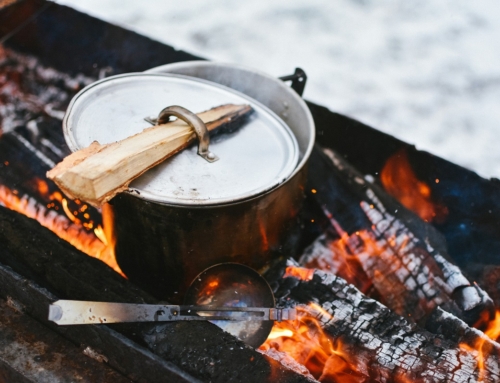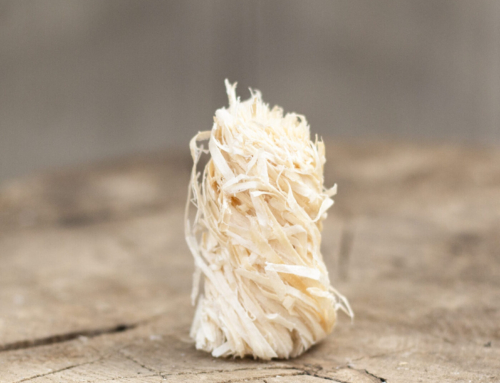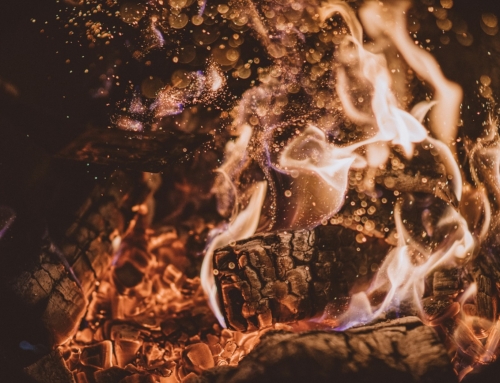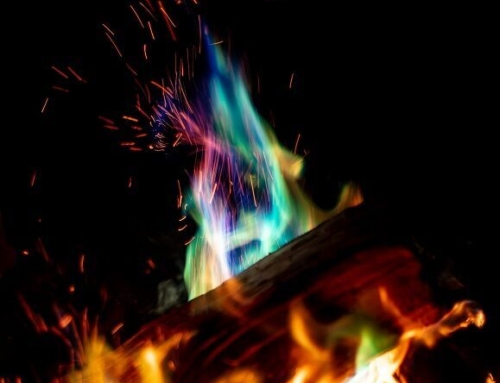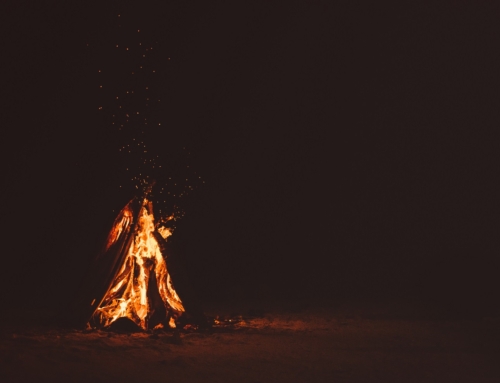Cooking on a campfire is one of the most popular ways to cook outdoors, and it’s easy to see why. From the simple act of lighting a fire to the smell of smoking wood and toasting marshmallows, there’s a lot to love about cooking on a campfire. In this post, we’ll go over the benefits of cooking outdoors and how to make the most of the experience.
What Are the Benefits Of Cooking On A Campfire?
Besides the obvious benefit of eating a hand-cooked meal, there are many benefits to outdoor cooking you might not be aware of.
- When humankind started cooking with fire, their brains began growing – this has been linked to the benefits of cooked meat for cognitive development, but it could also have ties to the social aspect of sitting beside a fire. Humans would light fires, cook, eat, and share stories for millennia. Being able to light a fire and relax became a selective evolutionary trait, along with the ability to cooperate with others. Because of this, just sitting next to a campfire, watching the curling, erratic movements of the flames and hearing the hisses and pops of the burning wood has been found to reduce blood pressure, and the longer you’re exposed to these stimuli, the better the calming effects.
- Many campfire recipes are simple to follow, which means you can get the whole family involved. There is something primal about lighting a fire that even children are aware of – there’s not much that can pull children away from modern distractions, but a campfire will always work. Cooking outdoors is an excellent way for children to learn about fire safety and the risks of cooking hot food. They’ll also learn to appreciate working together as a family to get dinner cooked, which can be a tricky thing in a kitchen. If you’re looking for a family activity that will always be a winner, campfire cooking is the answer.
- The most beneficial aspect of cooking on a campfire is simply getting outside. It is widely known that being outdoors and being active is one of the best things you can do to improve your mental and physical health. From boosting your immune system to improving your confidence and self-esteem, the simple act of going out works miracles on your health.
The Best Fuel For A Campfire
Gathering wood for a campfire can be difficult. You’ll need to find firewood of various sizes, from small twigs as kindling to large logs that will keep burning for a long time. You must use dry wood on your fire; wet or green wood will take a long time to burn without much heat output, smoulder and give your food a nasty flavour. Hardwood is recommended as even though it takes a little longer to light, it lasts longer and produces more heat. Dry hardwood however, isn’t always freely available to use on trips away so for this reason we would recommend taking kiln-dried logs with you for peace of mind. Our nets of kiln-dried logs are conveniently packaged for weekends away or festivals. To get the fire started you could forage for some small, dry twigs – often found underneath pine trees and combine with one of our eco firelighters to get your fire off to a roaring start.
Campfire Staples
Bannock has been baked for centuries; the first written documentation dates to the 8th century. Having been around so long, there are many variations to the recipe, but most are very simple. This tasty bread can be cooked in a skillet, on a flat stone, or wrapped around a stick and held over the flames.
Jacket Potatoes can easily be cooked on a campfire, or rather beneath a campfire. Wrap your spuds in foil and build your fire above them; once the fire has burned down to embers, you can retrieve your potatoes and enjoy!
Skewering food on sticks is probably the most well-recognised way of cooking over a fire, and there are many things you can cook this way. Of course, marshmallows are a must! Sausages, bacon, and other meats are a great option, as are certain vegetables, e.g., peppers, courgette, and tomatoes.
Cookware
- It’s important to use cookware and utensils that are fit for outdoor use; stainless steel would be recommended for use on a campfire. Cast iron pots and pans are best for use on fire and must be properly seasoned before use and regularly re-seasoned.
- A skillet is a pan used to cook food on a campfire. It is usually made of cast iron and has a handle to be held over the fire. Skillets can be used to cook many different types of food, including pancakes, eggs, and meat.
- A Dutch oven is a heavy pot with a tight–fitting lid used for cooking over an open fire. The pot is usually made of cast iron and has a deep well that allows it to be used for baking and stewing. Dutch ovens are often used for camping and outdoor cooking, as they are easy to transport and can be placed directly on top of a campfire. When cooking with a Dutch oven, it is essential to preheat the pot before adding any food, as this will help to prevent sticking and burning. Dutch ovens can be used to cook various dishes, from simple stews and soups to more complex recipes such as pies. When baking in a Dutch oven, it is important to place a layer of coals on the pot’s lid to distribute the heat evenly. If you are new to using a Dutch oven, many resources can help you get started, including online recipes and cooking tips.




